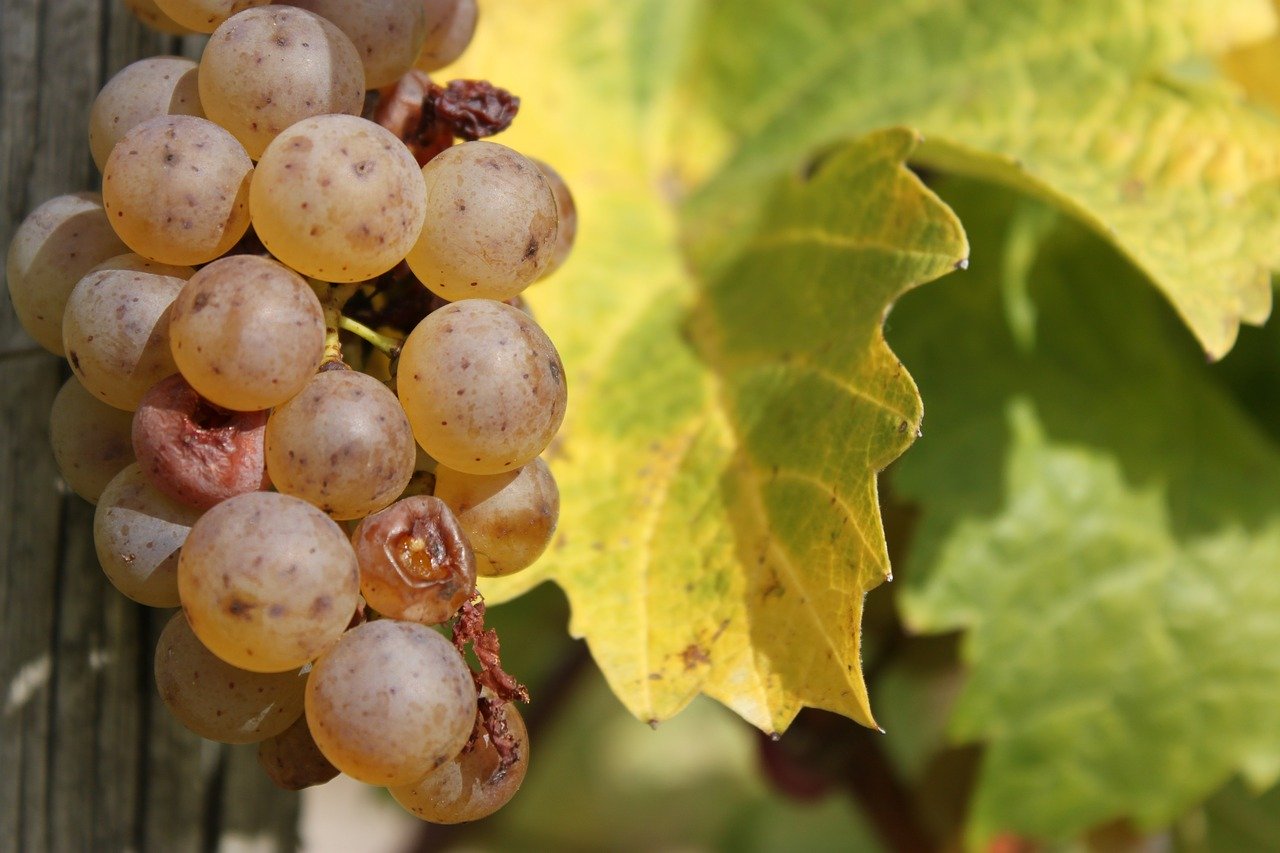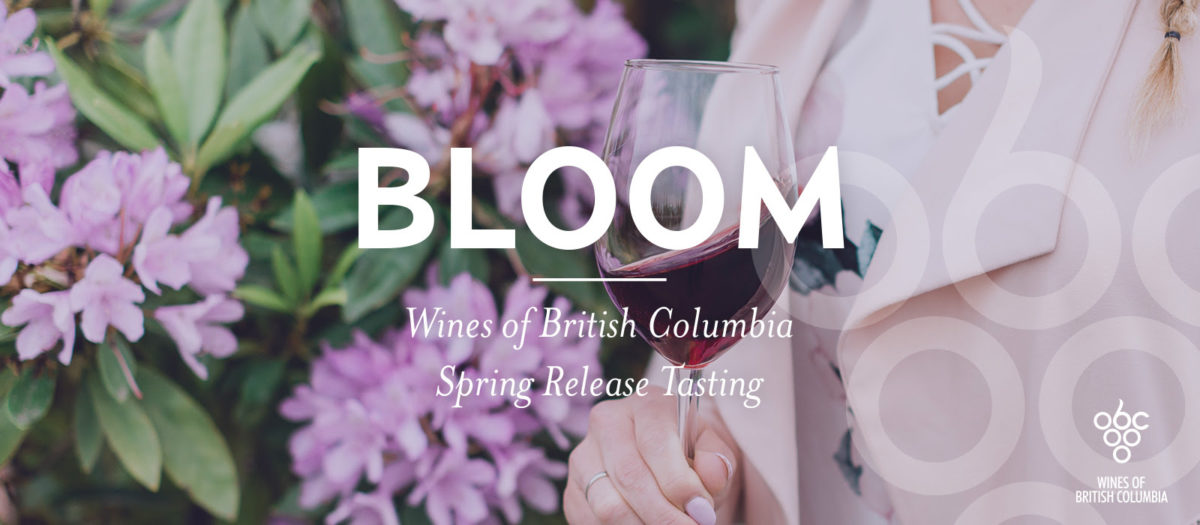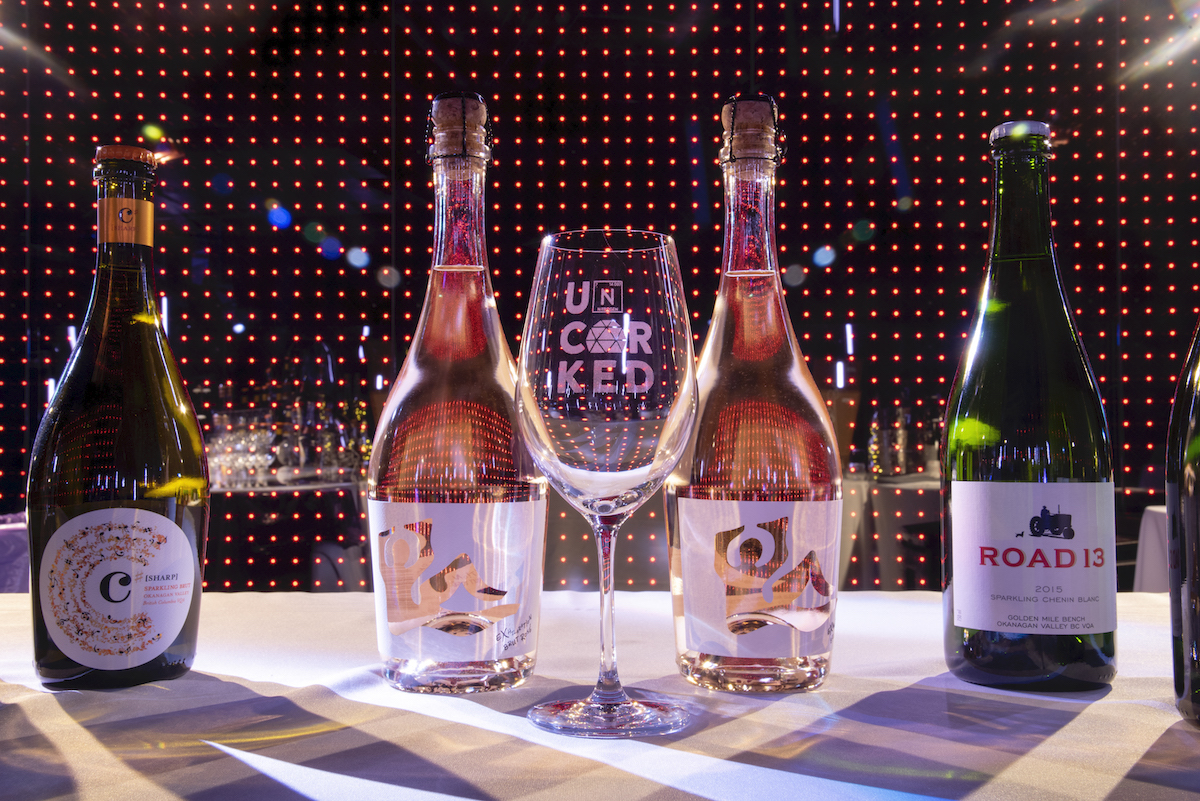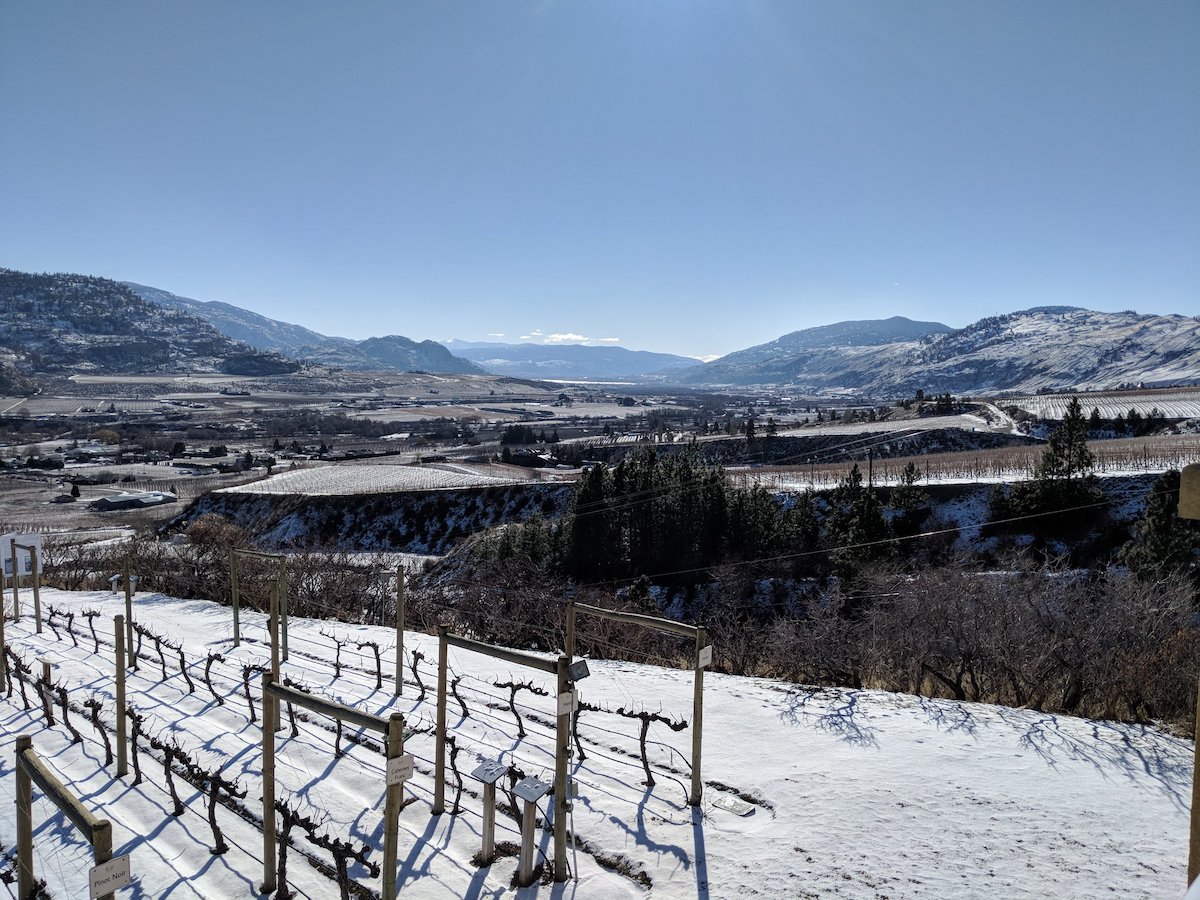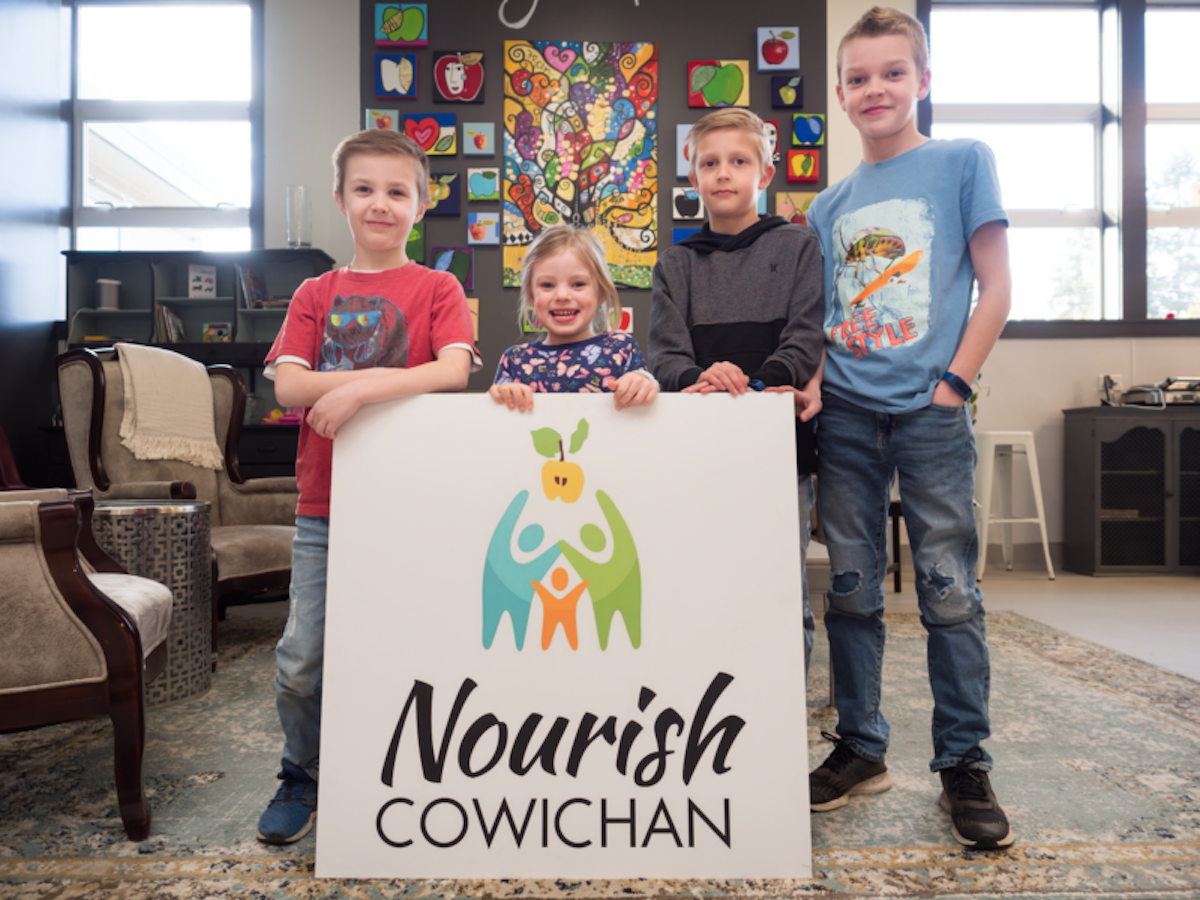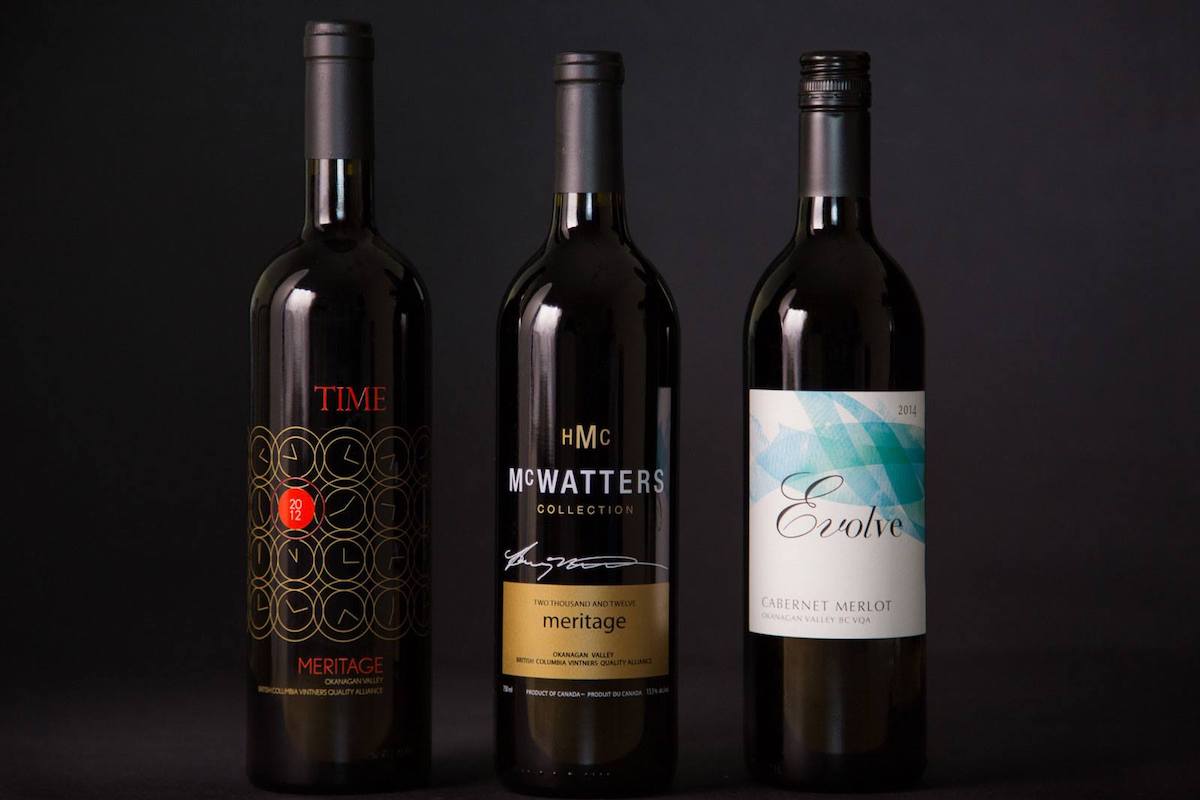The Icewine harvest has returned for British Columbia wineries!
Recent plunging temperatures have prompted wineries to begin harvesting for Icewine. Temperatures dipped to -8˚C (17.6˚F), beginning November 28 making the conditions perfect for Icewine harvest. To be called true Icewine, frozen grapes must be harvested at -8˚C (17.6˚F), or below and must reach quality standards including 35 Brix of sugar.
The BC Wine Authority noted that 11 wineries have already picked 111.2 tonnes of grapes, with the first picking happening at Rollingdale Winery November 28 at 6:10 PM in West Kelowna. Winemaker, Brendan Smith says, “Temperatures hovered between -8˚C (17.6˚F) and -10˚C (14˚F) while we picked the Pinot Blanc. We had a small amount to pick, so we’re all done now! The juice tastes great and everything looks good for this year’s Icewine.”
According to the BC Wine Authority, 20 wineries are registered to harvest Icewine this season with approximately 463 tonnes of grapes expected over 124 acres in the Okanagan Valley, Similkameen Valley and the Shuswap region.
Winemaker, Keira LeFranc of Stag’s Hollow Winery in Okanagan Falls startedharvesting with her team on December 1 at 12:30 AM. “The weather was awesome; it was clear and stayed below -9˚C (15.8˚F) from the time we started picking until 7:00 AM so we were able to get all of our Vidal grapes off the vines. The juice is delicious, with Earl Grey and floral characteristics. The acidity in the grapes is perfect. I think this will be a really balanced, quality vintage.”
Summerhill Pyramid Winery in Kelowna started picking Pinot Blanc from their Lake Country vineyard on Saturday, November 30 at 12:00 AM and then moved into Kelowna to pick their Zweigelt at 3:00 AM on December 1. Winemaker, Michael Alexander says, “We only got about a two-hour window to pick, so we still have about 90 per cent of fruit hanging, but it’s really pretty fruit. It’s pressing off nicely. It’s going to make some really nice Icewine.”
Bench 1775 Winery brought in seven tonnes of Riesling from their vineyard in Keremeos at 11:38 PM on Saturday, November 30. General Manager and Winemaker, Val Tait is happy with the harvest so far. “I’m very positive that we’re going to get the right conditions to complete harvest and the fruit we get will make beautiful Icewine. Thanks to excellent vineyard management, the fruit is super clean and there’s a beautiful ripeness to it. I’m particularly excited about our Viognier Icewine. It’s got beautiful flavours of intense dried apricot with lemon rind. It’s my favourite.”
The Icewine varietals picked in British Columbia are as diverse as the region itself, ranging from aromatic whites to tannic reds. Reported varietals this year include; Cabernet Franc, Riesling, Cabernet Sauvignon, Viognier, Pinot Noir, Merlot, Pinot Gris, Chardonnay, Gewürztraminer, Gamay Noir, Ehrenfelser, Zweigelt, Pinot Blanc, Kerner, Semillon, Vidal, Optima, Oraniensteiner and Pinotage.
With Icewine harvest underway, wine lovers across the province can look forward to an excellent crop of new Icewine releases in 2020.
For updates on the harvest, follow @winebcdotcom, #Icewine and #BCwine on Twitter.
WINES OF MARKED QUALITY ICEWINE REGULATION
The Wines of Marked Quality Regulation controls the production of BC VQA Icewine. The key stipulations are that harvesting and pressing of the grapes takes place at temperatures of -8˚C (17.6˚F), or lower, and the pressed grape juice is a minimum of 35 Brix. Artificial refrigeration of grapes, juice, must or wine is strictly prohibited.
Producers must contact the BC Wine Authority to report the time harvesting begins, and to confirm prior reported tonnages and exact areas of vineyard left for Icewine production.
VITICULTURE
Harvest dates: Can be as early as November or as late as February. Producers track weather systems for early warnings of imminent cold weather.
Permitted varietals: All varietals are permitted. The most common are Riesling, Vidal, Ehrenfelser, Pinot Blanc, Pinot Noir, Merlot, Cabernet Franc and Gewürztraminer, though Zweigelt, Maréchal Foch, Cabernet Sauvignon, Kerner, Lemberger, Oraniensteiner, Gamay Noir, Muscat and Merlot are all used as well.
Viticultural techniques: Most vineyards are netted against predators, particularly birds.
Harvesting method: Principally by hand. Usually takes place during the night or at dawn.
Harvest temperatures: Although regulation states the temperature must be at least -8˚C (17.6˚F), producers often wait for -10˚C (14˚F) or lower before harvesting.
Frequency: The interior is the only area to regularly experience these cold climatic conditions in British Columbia. When temperatures do not fall enough for Icewine harvests, producers often make Late Harvest wines.
ICEWINE VINIFICATION
The following are general production techniques.
Pressing: The frozen grapes are brought as quickly as possible to the winery where they are pressed. One press cycle can last up to six hours.
Yields: Yields can range from 150 to 300 litres per tonne (compared to approximately 600 litres per tonne for dry table wines).
Fermentation: Temperatures generally range from 15 to 20˚C over a three- to 12-week period, depending on the Brix and strain of yeast. Fermentation is generally stopped using cold temperatures resulting in alcohol levels between nine and 12 per cent.
Acidification: Icewines can be acidified or deacidified.
Yeast: Icewine is inoculated, generally using strong fermenting yeast such as PDM.
Cold and heat stabilization: Icewines are stabilized before bottling.
Filtration: Generally using an earth and a pad filter, as membrane filters can easily clog.
Bottling: Generally, within six to nine months of the harvest.
Ageing potential: Icewines, particularly from Riesling, can age for over 10 years but are often preferred young and fresh.
About British Columbia Wine Institute (BCWI):
Since 1990, the BCWI has played a pivotal role in taking BC’s wine industry from a vision to an internationally recognized niche region producing premium wines and providing exceptional wine tourism experiences. The BCWI markets the wine and regions of BC; delivers quality trade, media and consumer tastings; and acts as the voice of BC’s wine industry by advocating to government on behalf of industry that contributes $2.8 billion in provincial economic growth annually.
The BCWI represents all wineries in British Columbia to grow the premium market share for the Wines of British Columbia, while driving awareness of our world-class wines and tourism product ̶ currently drawing 1,000,000 visitors with $600 million in tourism and tourism employment related economic impact every year.
For more information about BC Wine Institute’s programs and services, please visit
WineBC.com.
Follow us on social media at the
Wines of British Columbia Facebook page and follow
@WineBCdotcom on Twitter and Instagram.

